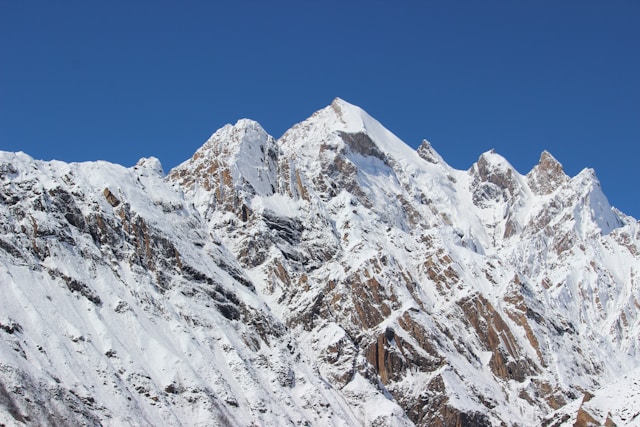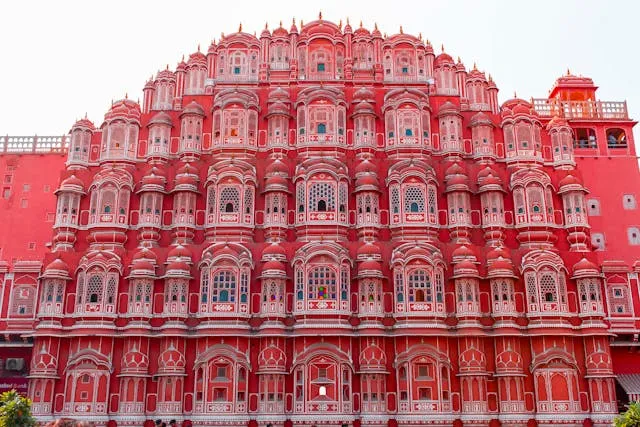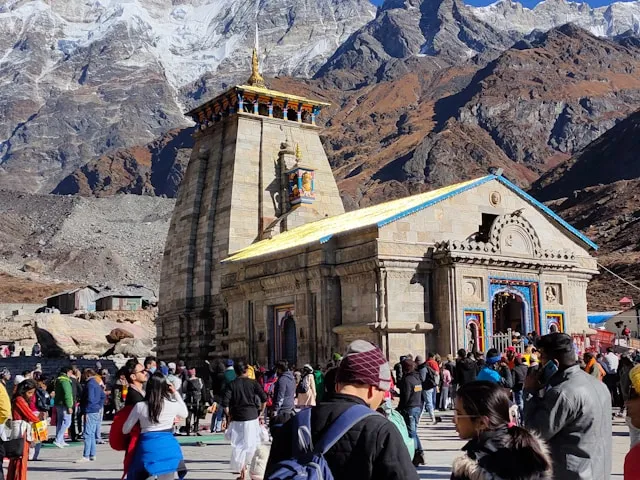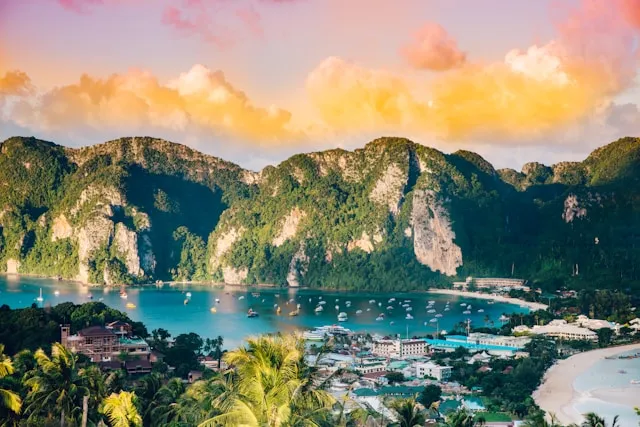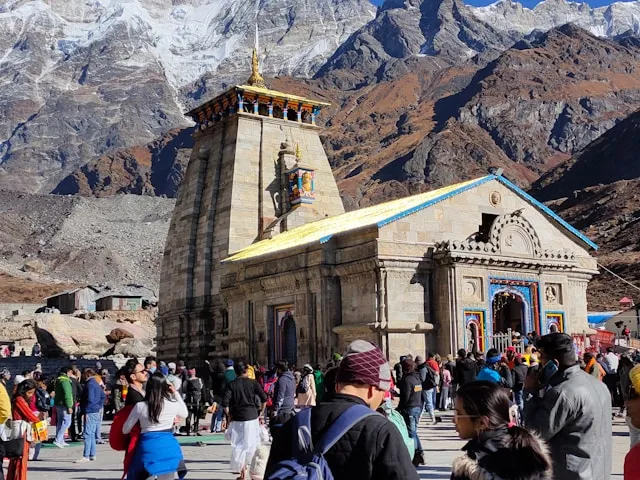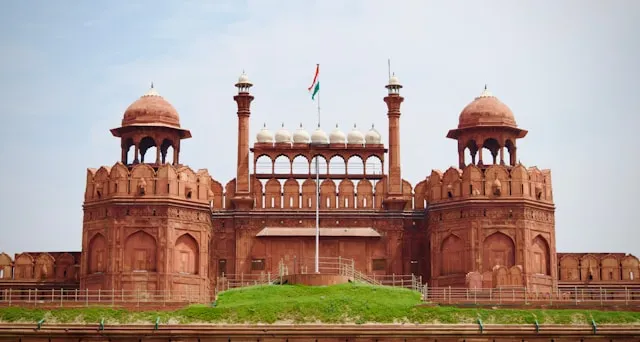Tibet Travel Guide
Tibet
About Tibet Travel Guide
Destination Overview in Tibet
Tibet, often called the “Roof of the World,” is a high-altitude region rich in spiritual heritage, unique culture, and breathtaking landscapes. Known for its ancient Buddhist monasteries, vast plateaus, and the majestic Mount Kailash, Tibet attracts travelers seeking adventure, spirituality, and a glimpse into a distinctive way of life. The capital city Lhasa is home to iconic landmarks like the Potala Palace and Jokhang Temple.
Top Attractions & Places to Visit in Tibet
Spiritual & Historical Sites: Potala Palace, Jokhang Temple, Sera Monastery, Tashilhunpo Monastery
Natural Wonders: Mount Kailash, Lake Yamdrok, Namtso Lake, Everest Base Camp (Tibetan side)
Cultural Experiences: Tibetan festivals, traditional markets, local handicrafts
Adventure Spots: Trekking around Mount Kailash, Everest Base Camp trek, river rafting
Best Time to Visit Tibet
April to October is the best time, with mild weather and clear skies. Winters are harsh and many passes may be closed.
How to Reach Tibet
Air:
Lhasa Gonggar Airport connects Tibet with major Chinese cities like Chengdu and Beijing.
Rail:
The Qinghai-Tibet Railway links Lhasa with mainland China, offering a scenic journey.
Road:
Overland travel is possible from Nepal and India via specific border crossings, but requires permits.
Accessibility for Differently-Abled Travelers in Tibet
Some major tourist sites in Lhasa have ramps and facilities, but rugged terrain elsewhere limits accessibility.
Things to Do & Experiences in Tibet
Visit the Potala Palace and Jokhang Temple in Lhasa
Attend traditional Tibetan Buddhist festivals
Trek around sacred Mount Kailash
Explore remote monasteries and experience Tibetan hospitality
Enjoy the stunning views of high-altitude lakes and mountains
Accommodation Options in Tibet
Options range from luxury hotels in Lhasa to basic guesthouses in rural areas. Booking in advance is recommended due to permit requirements.
Local Cuisine & Dining in Tibet
Try traditional Tibetan dishes such as momos (dumplings), thukpa (noodle soup), tsampa (barley flour), and butter tea.
Travel Tips & Safety in Tibet
Acclimatize properly to avoid altitude sickness
Obtain necessary travel permits in advance
Respect local customs and religious sentiments
Carry cash as card payments may be limited
Weather Details & Packing Suggestions in Tibet
Days are warm in summer but nights can be cold year-round
Pack layered clothing, sun protection, and sturdy footwear
Winters are extremely cold; avoid travel in this season if possible
Currency Exchange & Banking Facilities in Tibet
Chinese Yuan (CNY) is used; ATMs and exchange facilities are available mainly in Lhasa.
Connectivity & SIM Card Info in Tibet
Chinese telecom providers offer coverage; purchasing a local SIM card requires ID and is available in Lhasa.
Itinerary Suggestions in Tibet
5-Days: Explore Lhasa’s main sites—Potala Palace, Jokhang Temple, Barkhor Street.
10-Days: Include trips to Yamdrok Lake, Namtso Lake, and Gyantse.
15-Days: Add Mount Kailash pilgrimage and Everest Base Camp (Tibetan side).
Nearby Destinations to Explore from Tibet
Nepal (Kathmandu and trekking routes)
Bhutan (via connecting flights through India or China)
India (Ladakh, Sikkim)
Shopping & Souvenirs in Tibet
Traditional Tibetan handicrafts, prayer wheels, jewelry, thangka paintings, and yak wool products are popular souvenirs.
Cultural & Historical Background of Tibet
Tibet has a deep-rooted Buddhist culture with a history spanning centuries. It was historically a spiritual kingdom, with the Dalai Lama as its religious leader. Tibetan Buddhism’s influence is visible in its monasteries, festivals, and way of life.
Best Transport Options in Tibet
Taxis and buses are common within Lhasa; private tours are recommended for visiting remote areas.
Nearest Railway Station or Airport in Tibet
Lhasa Gonggar Airport and Lhasa Railway Station are the main transport hubs.
FAQs About Tibet
Is Tibet safe for travelers?
Yes, with proper permits and travel arrangements, Tibet is safe for tourists.
What is the best time to visit Tibet?
April to October is ideal for good weather and open passes.
Do I need a visa or permit for Tibet?
Yes, a Chinese visa and a Tibet Travel Permit are required.
Which languages are spoken in Tibet?
Tibetan and Mandarin Chinese are widely spoken; English is limited.
Is the food safe for tourists?
Yes, but tourists with sensitive stomachs should eat cautiously.
How can I get around?
Taxis and organized tours are the best options.
Are ATMs available?
Yes, mainly in Lhasa.
What clothing should I pack?
Layered clothes for varying temperatures; warm jackets for evenings.
Can I use my mobile phone?
Local SIM cards work best; international roaming is limited.
Are there restrictions on photography?
Yes, avoid photographing military or sensitive government areas.
Sustainability & Responsible Tourism in Tibet
Visitors are encouraged to respect Tibetan culture and environment, minimize plastic use, support local communities, and adhere to guidelines protecting fragile ecosystems and cultural sites.
Need a Tibet Travel Guide Customized Itinerary?
Let us create your perfect Tibet Travel Guide journey

Gallery
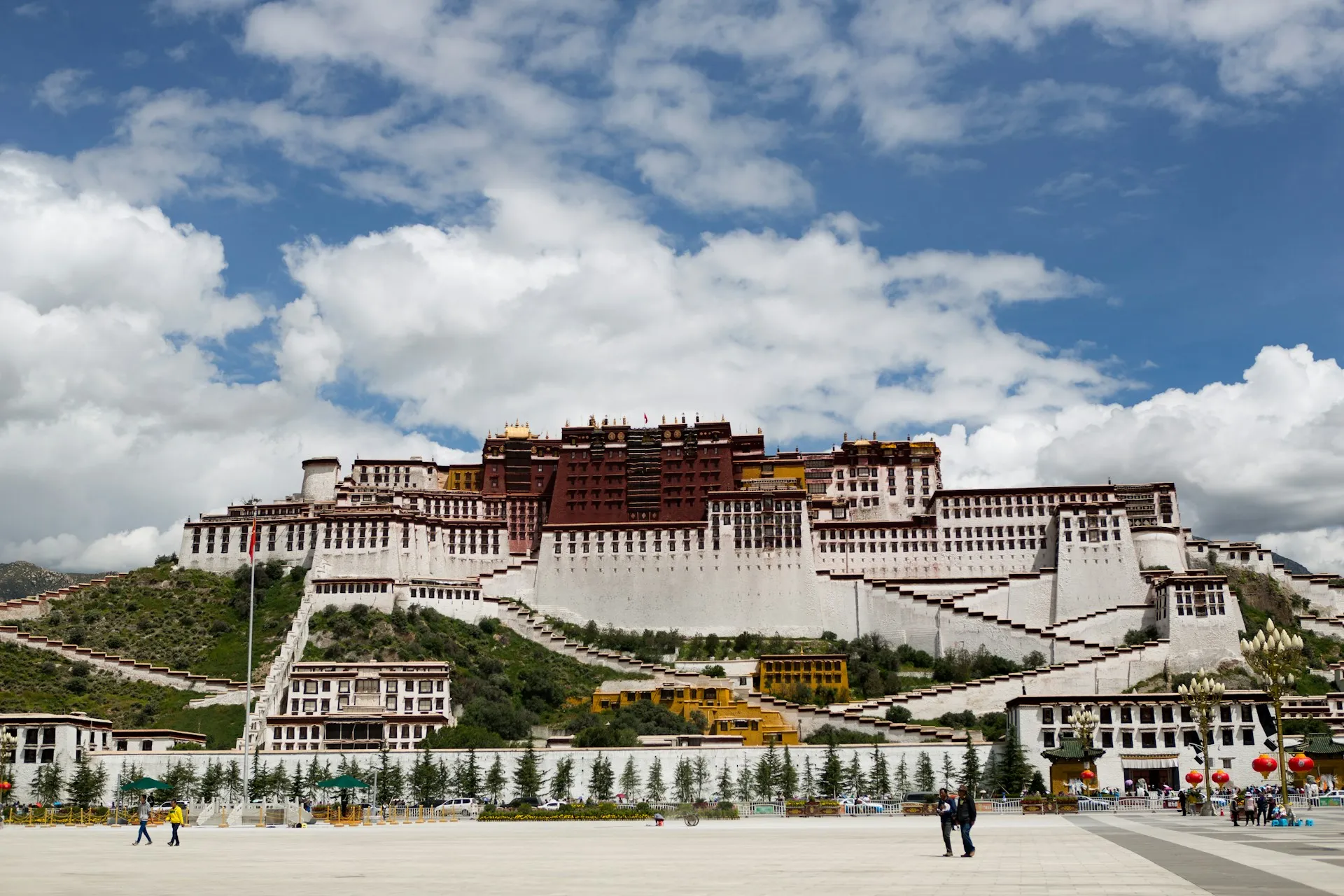
Weather
Location Map
Tibet
Latest Blog Posts
Latest News: Tibet Tour Guide | Tibet Travel Guide 2025 | Best Tips, Permits & Attractions
What Our Travelers Say
Real experiences from our valued customers
"Our family trip to Vaishno Devi was incredible! The trip was well-organized, and the staff was very helpful. Truly a blissful pilgrimage."
Anjali Verma (Mumbai, India)
"The Rishikesh Ganga Aarti was magical. The team ensured the trip was perfectly planned, making it an unforgettable experience."
Thomas Lee (San Francisco, USA)
"The entire Char Dham trip was organized with utmost care. It was truly a spiritual journey I will cherish forever."
Gautam Yadav (Patiala, India)
"Had a wonderful time at the Kashi Vishwanath temple. The entire trip was well-organized and very comfortable."
Anil Thakur (Shimla, India)
"The journey to Rameswaram was transformative. Everything was perfect, from transportation to accommodation. Highly recommended!"
Ashok Joshi (Indore, India)
"Malaysia was full of surprises! We explored everything from the Petronas Towers to tropical rainforests. Every moment was packed with adventure and discovery!"

